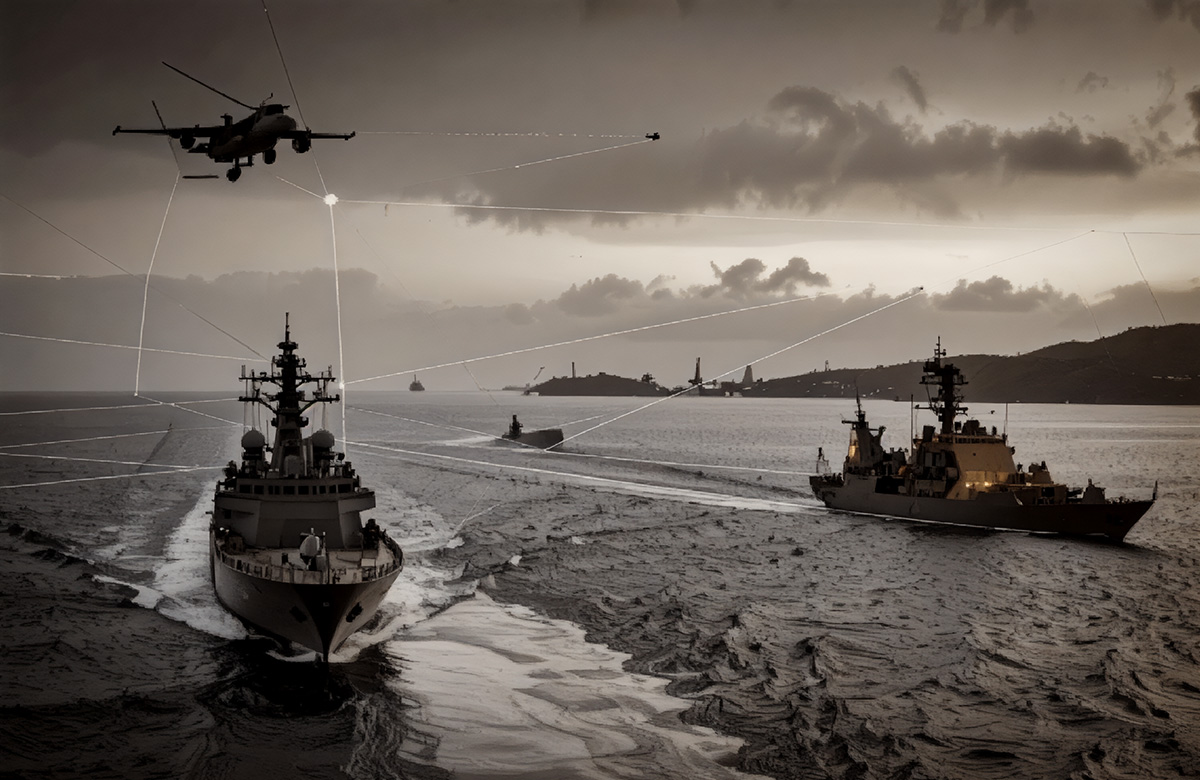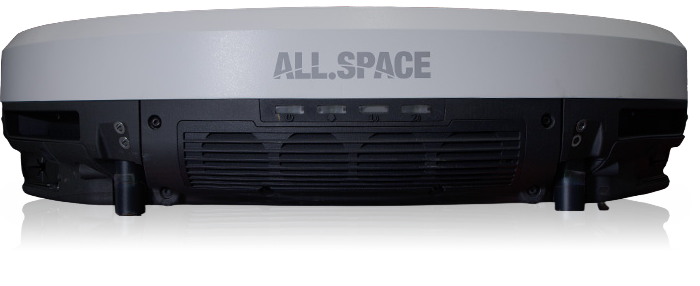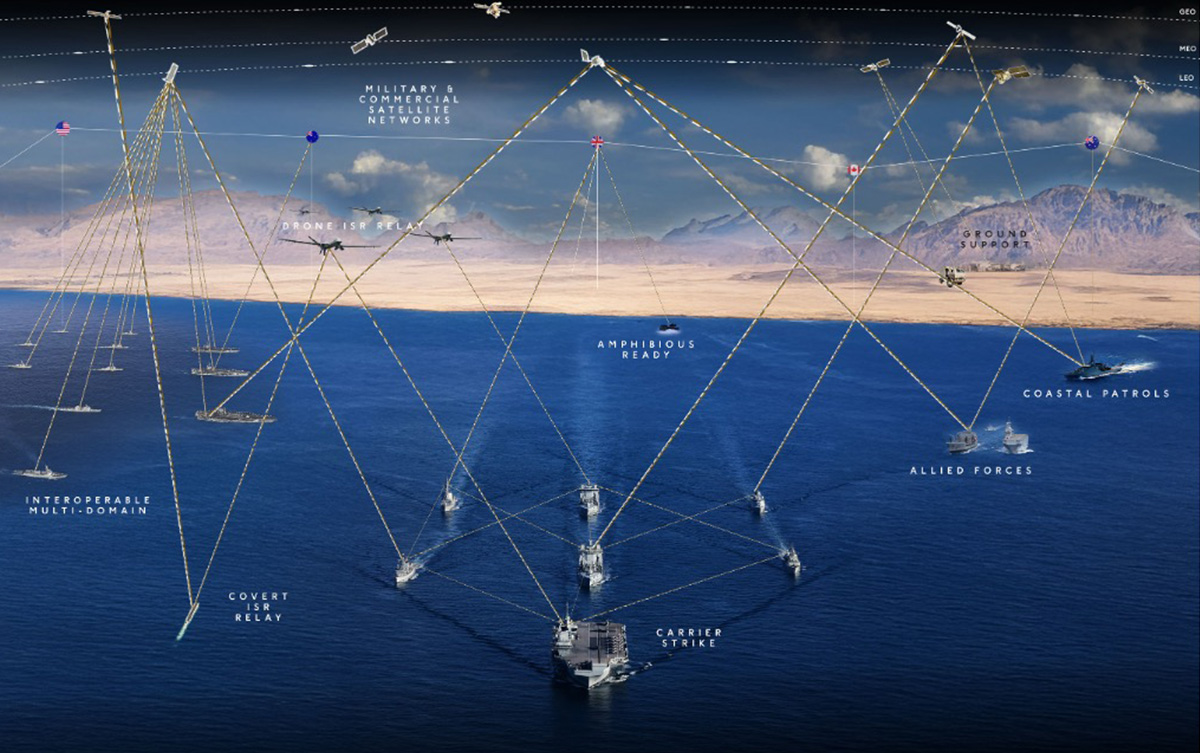Challenge 1
Challenge: Operating in a Contested Electromagnetic Environment
Enemy jamming and spoofing tactics are actively degrading traditional SATCOM links, threatening the ESG ability to maintain secure command and control and real-time ISR during operations.
Solution: Resilient Multi-Link Connectivity with Hydra 2
Hydra 2 enables simultaneous dual-link Ka-band connections, one to GEO for strategic C2, and another to LEO or MEO for tactical ISR. If one link is disrupted by electronic attack, digital beamforming instantly reroutes traffic across the other, ensuring uninterrupted, mission-critical communications even under active jamming.
Result: The ESG maintains continuous operational awareness and decision-making authority, preserving mission tempo and tactical advantage in the face of electromagnetic interference.




